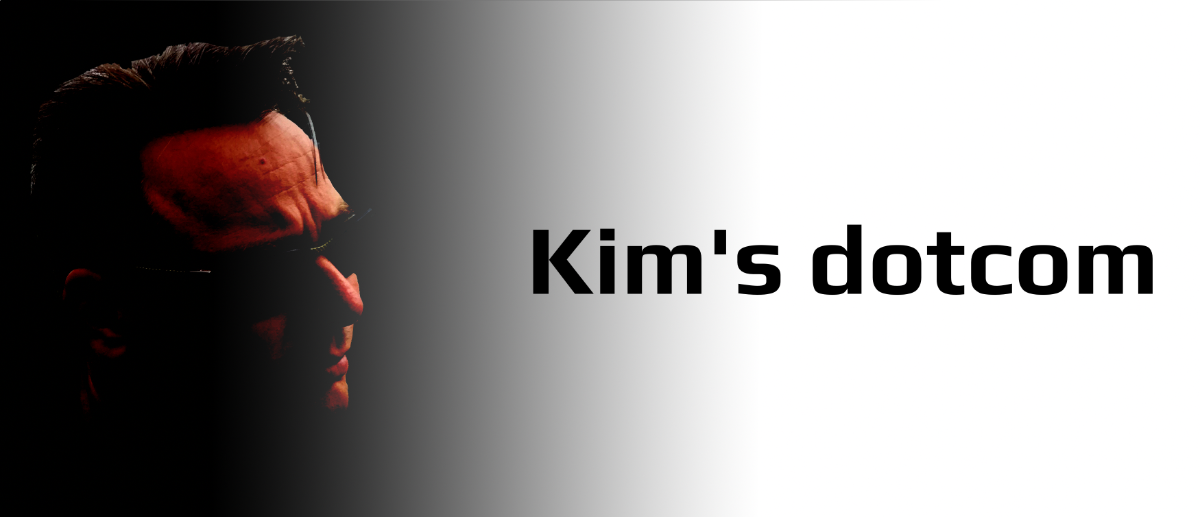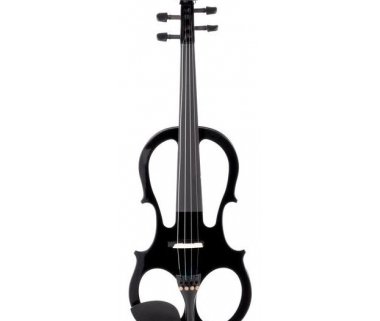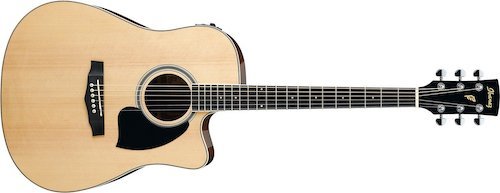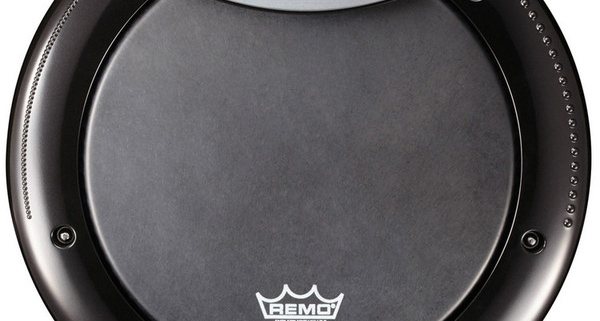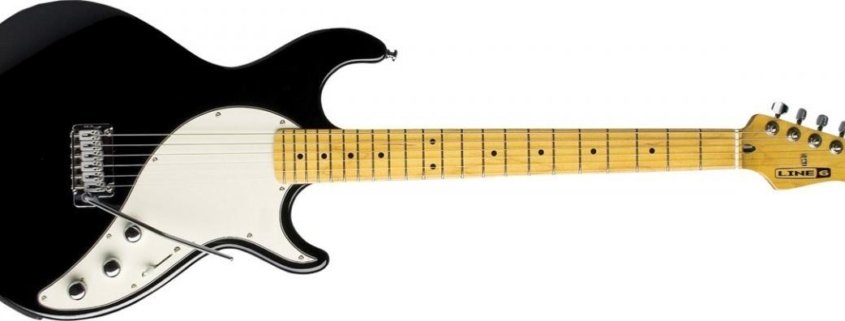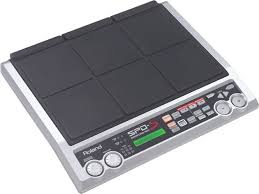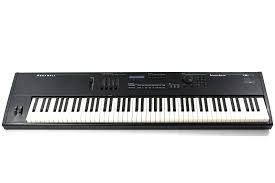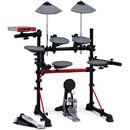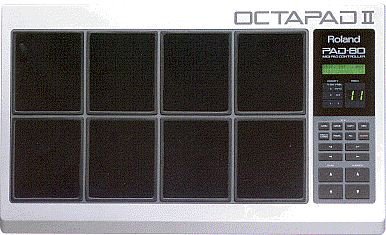Thought this might earn a special mention, although I don’t list Eurorack related items here.
It’s a really nice Eurorack enclosure with a keyboard with support for quadrophonic sound (depending on how you patch, of course) as a bonus. It features an arpeggiator, LFO, keyboard transpose and keyboard split, and is as such a compact and nice way to host a set of playable modules. Brilliant when used as a “focus rack” to learn a small set of modules. One irritating feature is that when loaded with modules, it may not be able to provide enough power, so a lot of modules just don’t wake up. This happens too often.
